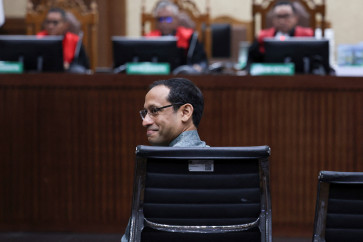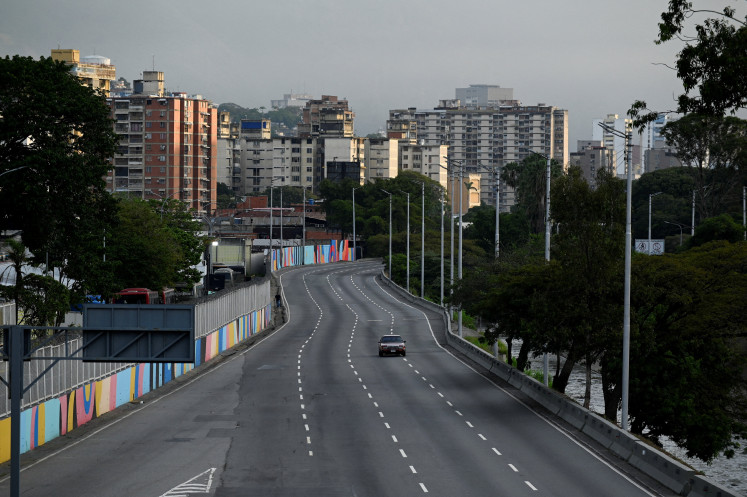Popular Reads
Top Results
Can't find what you're looking for?
View all search resultsPopular Reads
Top Results
Can't find what you're looking for?
View all search resultsHard at work: Prime-age Americans in workforce hits decade high
Change text size
Gift Premium Articles
to Anyone
T
he percentage of people in the US aged 25 to 54 who are employed or actively looking for work has climbed to the highest in a decade as demand in the health-care and education sectors lures more women into the workforce.
Labor force participation in the so-called prime-age group rose to 82.8 percent in October, matching the rate from August 2009, the Labor Department said in its monthly employment report on Friday. The rate was 82.9 percent in June 2009, and peaked at 84.6 percent in January 1999.
Some 76.6 percent of women in the group were employed or actively looking for work in October, up from 76.2 percent in the previous month. That was the highest participation rate since 77.3 percent in April 2000, according to the data. The percentage of similarly-aged men held steady at 89.1 percent in October.
Read also: Mothers in Japan face hurdle after hurdle in returning to work
October’s US unemployment rate edged up from a half-century low to 3.6 percent, while average hourly earnings climbed 3 percent from a year earlier, matching projections. The number of education and health-care workers topped 24.4 million last month, the highest on record.
When the economy is good, people who might not have been looking for work are enticed to resume job-hunting, said Ariane Hegewisch, a program director at the Institute for Women’s Policy Research in Washington. “Some of the jobs are not brilliant jobs, they’re often more supplemental.”
The picture shifts for women in what’s often the final chapter of their working lives: only 35 percent of women aged 55 and over are working or are actively looking for jobs, versus about 46 percent of men.
A lack of childcare keeps more women out of the workforce, Hegewisch said, as does a shortage of flexible working arrangements. “We’re still lagging behind labor force participation rates for women in other high-income economies.”











